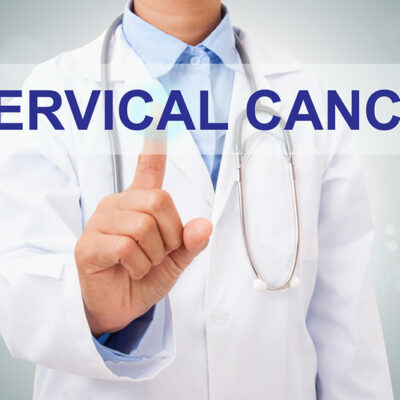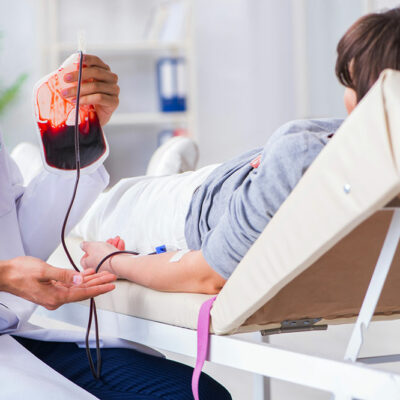
Women's Health
Top Dresses Recommended for Every Body Type
Dresses are wonderfully comfortable and gorgeous. But if you want to dress right, then learning about your body type and wearing a dress type accordingly can help accentuate your features while making you look even more stunning. Here are the top dresses for women according to your body type. Hourglass An hourglass body is termsed so when the waist is well-defined and the hips and bust are similar in size. When you have this body type, you should opt for belted dresses so that all the attention goes to your waistline. Wrap and shirt dresses are great if you have this body type. You can even opt for fit and flare dresses. Athletic Women with an athletic body have evenly distributed weight and have their hips and shoulders measure about the same. You might notice that you have a straight waist instead of a well-defined one. The top dress types for women with this shape are cinched dresses. This will help you look curvier. You want to stay away from dresses that flow or shapeless dresses because these will not flatter your body shape. Dainty If you have a such a body frame, certain types of dresses are better than others for a taller look.
Read More 















